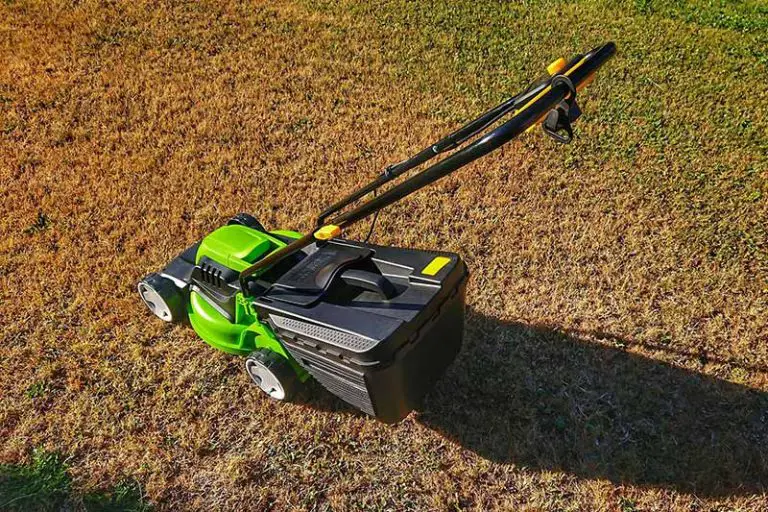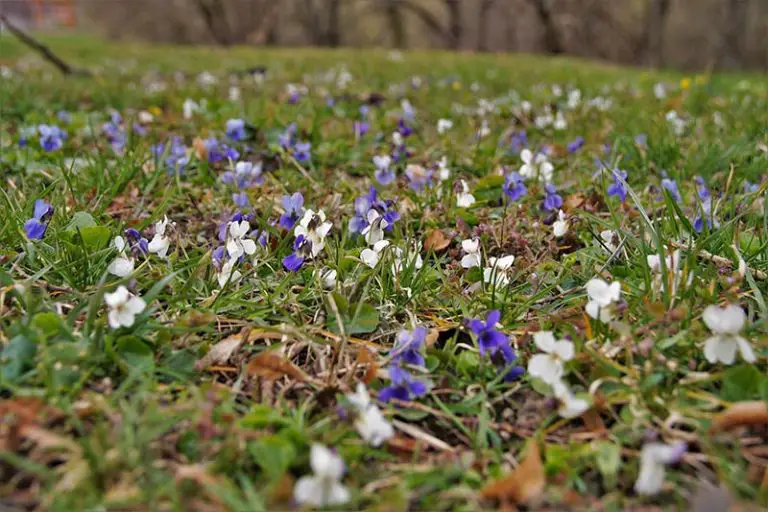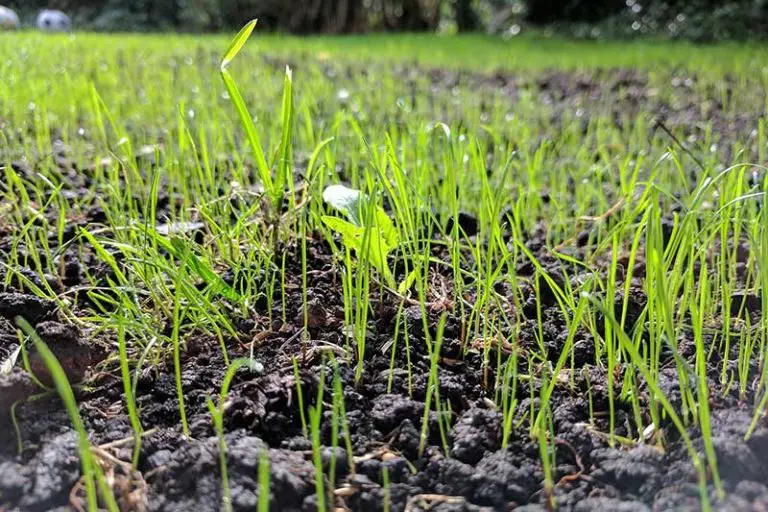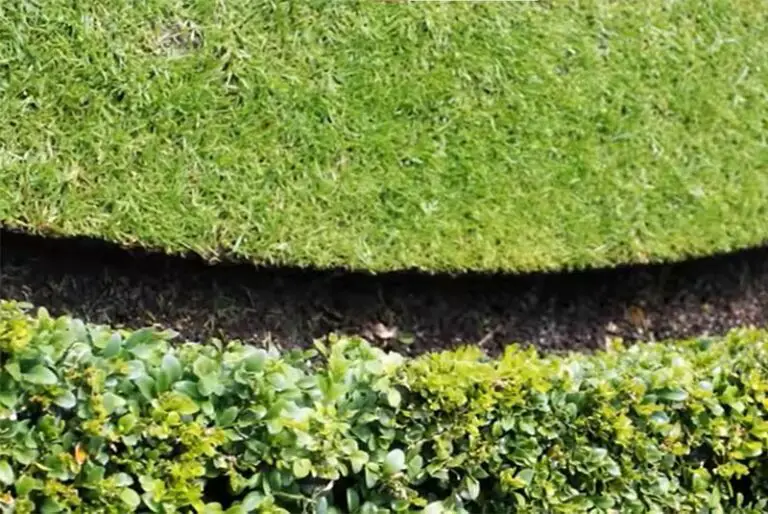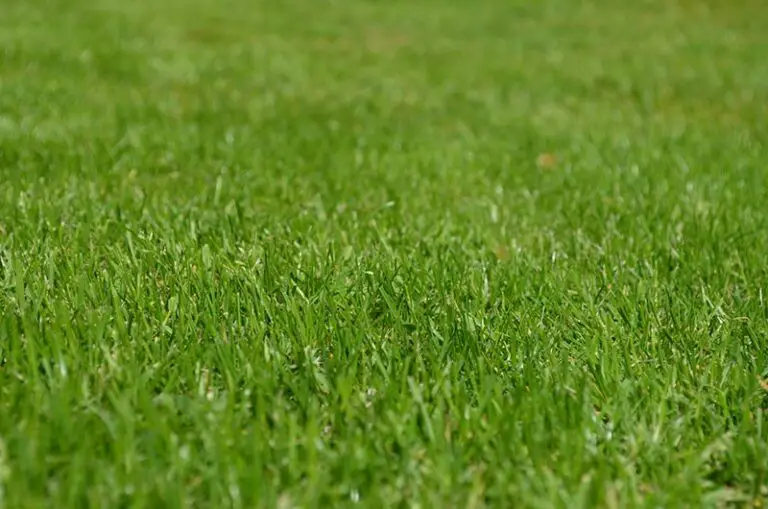How Much Fertilizer Per Acre For Grass
The key to a gorgeous green lawn is to apply the correct amount of fertilizer. Too much and the grass may suffer, too little, and your efforts will have little effect. A soil test helps to determine the application rate of fertilizer you need to use on your grass.
Different brands of fertilizers state various application rates on the labels. One pound of nitrogen per 1000ft2 is generally recommended, but the type of grass, the condition of the lawn, and how often you feed it will affect the application rate. It is wise to use half the label’s recommended rate.
Finding out how much fertilizer you need per acre is not as simple as reading a label. You must calculate the size of the lawn in square feet and work out how much nitrogen there is in a given bag of fertilizer based on the N-P-K ratio. Determining how much fertilizer to apply to your turf may seem quite complicated as it involves some math and chemistry, but this article breaks the process down step-by-step.
Determine The Fertilizer Application Rate
The amount of fertilizer your turf needs annually depends on many factors:
- The grass species. Some types of grass need more nutrients than others because they produce more biomass. For example, Bermudagrass needs more nitrogen than Zoysia or Centipede grass.
- The age and condition of the lawn. An old, well-maintained lawn generally needs less nitrogen than a young, developing lawn.
- Whether or not lawn clippings are removed. Leaving lawn clippings returns one pound of nitrogen per 1000 ft2 per year.
- How much traffic and use the lawn gets. More foot traffic from people and pets equals more stress, meaning more nitrogen is needed.
- Soil conditions. Sandy soils retain nutrients with greater difficulty and need more fertilizer, whereas soils high in organic matter need less nitrogen from fertilizer.
To ensure that you use exactly the right application rate, it is useful to have a soil test done. Generally, it is recommended to apply one pound of nitrogen per 1000ft2 annually.
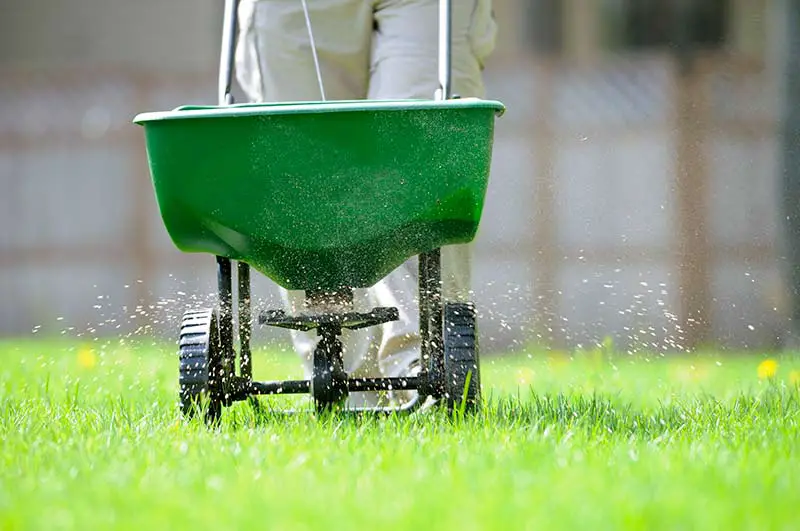
What Is An N-P-K Ratio?
All fertilizers have an N-P-K ratio which tells us how much of each essential nutrient the product contains. The three nutrients are nitrogen (N), phosphorus (P), and potassium (K). Nitrogen is the key element for grass growth.
For example, if fertilizer has an N-P-K ratio of 10-10-10, it contains 10% nitrogen, 10% phosphorus, and 10% potassium. The remaining 70% of the product is filler material.
Easily Calculate Your Lawn Area
Working out how many square feet of lawn you have is a key step. You need to make this calculation as accurate as possible to ensure you do not apply too much fertilizer.
If your lawn is a simple shape, like a square or rectangle, it is easy to find the area. Simply multiply the length and the breadth. A circular lawn’s area is the radius squared, multiplied by 3,14.
For a more irregularly shaped lawn, divide it up into simpler shapes, find the area for each, and then add them together.
Note: Remember that 1 acre is equal to 43,560 ft2.
Work Out How Much Fertilizer You Need For An Acre Of Grass
After you know the size of your lawn and have decided on a suitable application rate, you need to calculate how much nitrogen is actually in a given bag of fertilizer.
Let us say we want to apply 1 pound of nitrogen per 1000ft2 of lawn. The N-P-K ratio on the bag of fertilizer is 30-0-4, and the bag weighs 20 pounds.
So, we will need 100÷30 (100% divided by 30% nitrogen) = 3.3 pounds of this fertilizer for a 1000 ft2 lawn.
Let us say your lawn is an acre in size. 1 acre is equal to 43,560 ft2, so multiply 3.3 by 43.56. This will give you 143,75. You will need just less than 145 pounds of this particular fertilizer.
To get the number of bags you need to buy, divide 145 by 20. You will need 7.25 bags of this particular fertilizer.
If all of this is sending your brain into a spiral, simply use this handy online lawn fertilizer calculator that was developed by the University of Missouri.
The Importance Of Applying The Right Amount Of Fertilizer
Applying the appropriate amount of fertilizer to your lawn is important for the health of the grass and the environment. Over-application of fertilizers that are high in fast-release nitrogen can lead to runoff that causes terrible pollution of local water sources.
Apply too much chemical fertilizer to your lawn, and you risk causing fertilizer burn. This happens when excess nitrogen in the soil forms mineral salts. The salt draws moisture away from the grass, killing it and causing unsightly brown patches on the lawn.
Tips For Fertilizing Grass
To keep your turf looking perfect, follow these useful tips when applying fertilizer:
- Never apply fertilizer by hand. Use a hand-held spreader for small patches, a drop spreader for small lawns, and a rotary spreader for medium to large lawns.
- Calibrate the spreader prior to using it!
- Clean up excess fertilizer from sidewalks, paths, and driveways after application. Blow or sweep it into the adjacent grass.
- To prevent fertilizer runoff, do not apply it before or after heavy rain.
- Fertilize your lawn at the correct time of year. If you have warm-season grass, apply fertilizer during summer when the lawn is actively growing. For cool-season grass, fertilize in the fall.
- Use a combination of organic fertilizer or lawn dressing, which contain slow-releasing forms of nitrogen, and chemical fertilizer, which contain quick-releasing nitrogen.
Refer our guide How to Fertilize a Lawn for a thorough step-by-step guide on fertilizing grass.
Conclusion
Getting the quantity of fertilizer right is critical to the health of our lawn and the environment. Over-application leads to nutrient-runoff – a serious threat to water sources. A soil test will most accurately tell you how much fertilizer you need to apply to your lawn. Generally, it is recommended to apply 1 pound of nitrogen per 1000 ft2 annually.
By knowing how to work with the N-P-K ratio, calculate the size of our lawn, and determine how much nitrogen is in a particular fertilizer, we can be certain about applying the correct amount of fertilizer to our turf.


